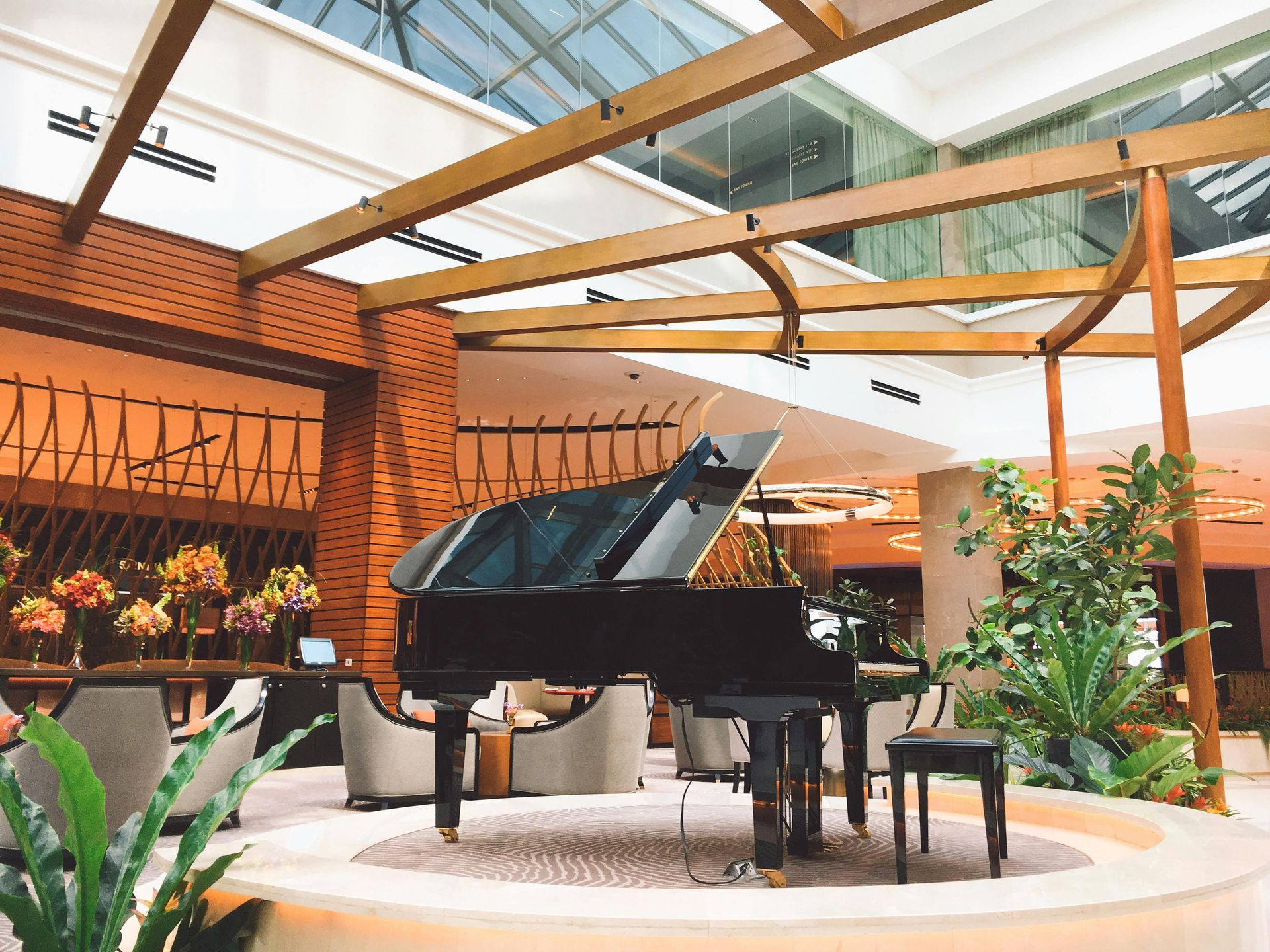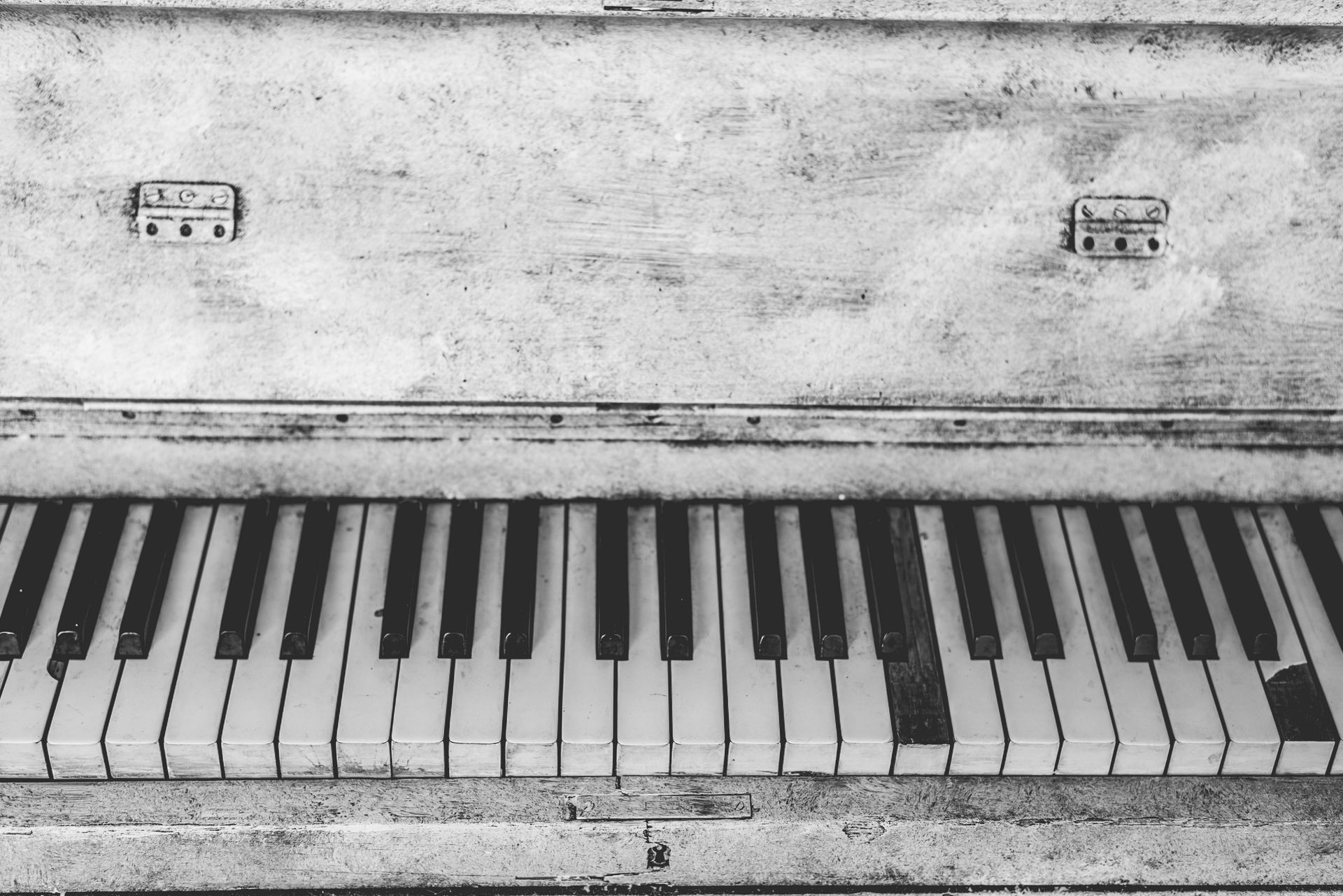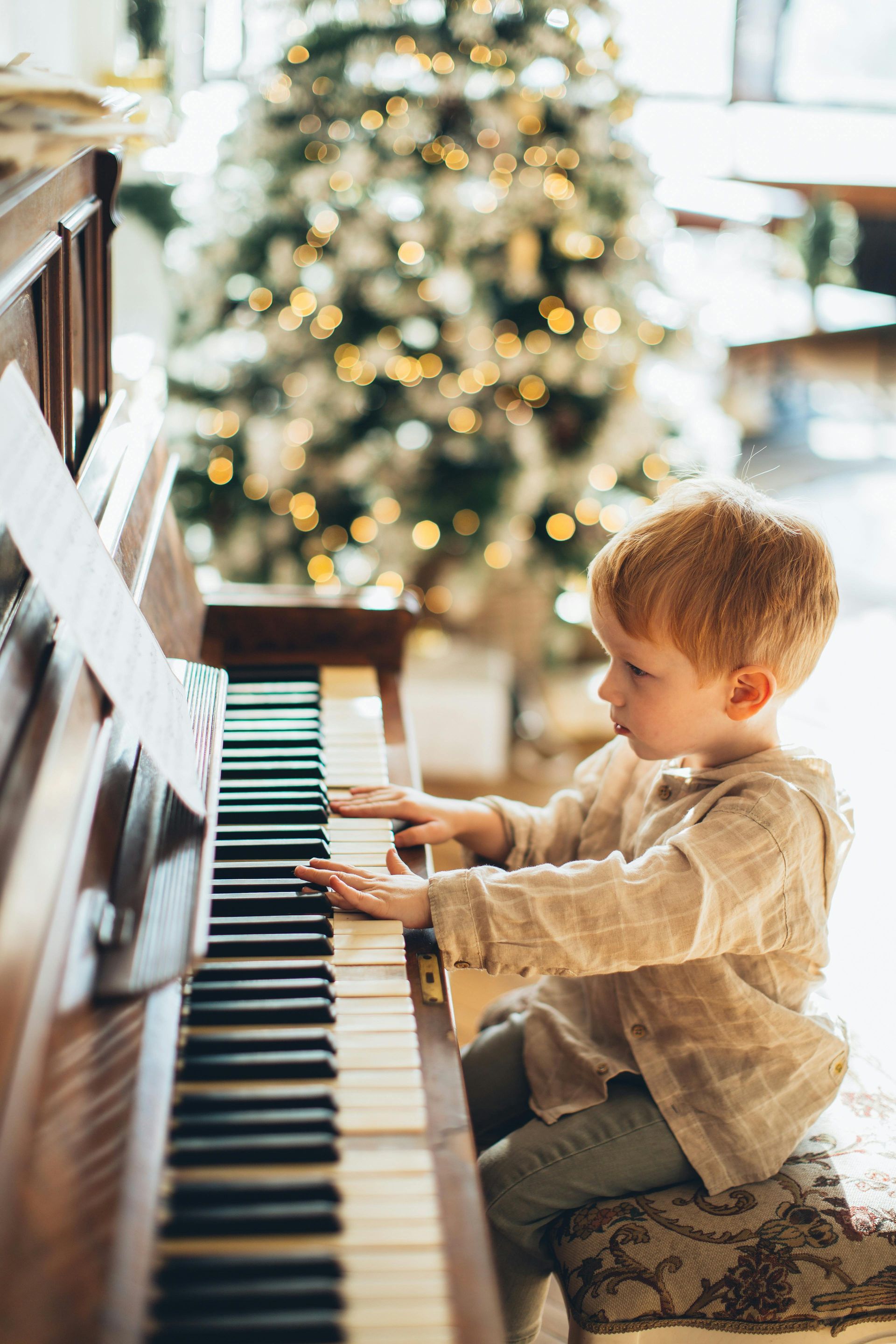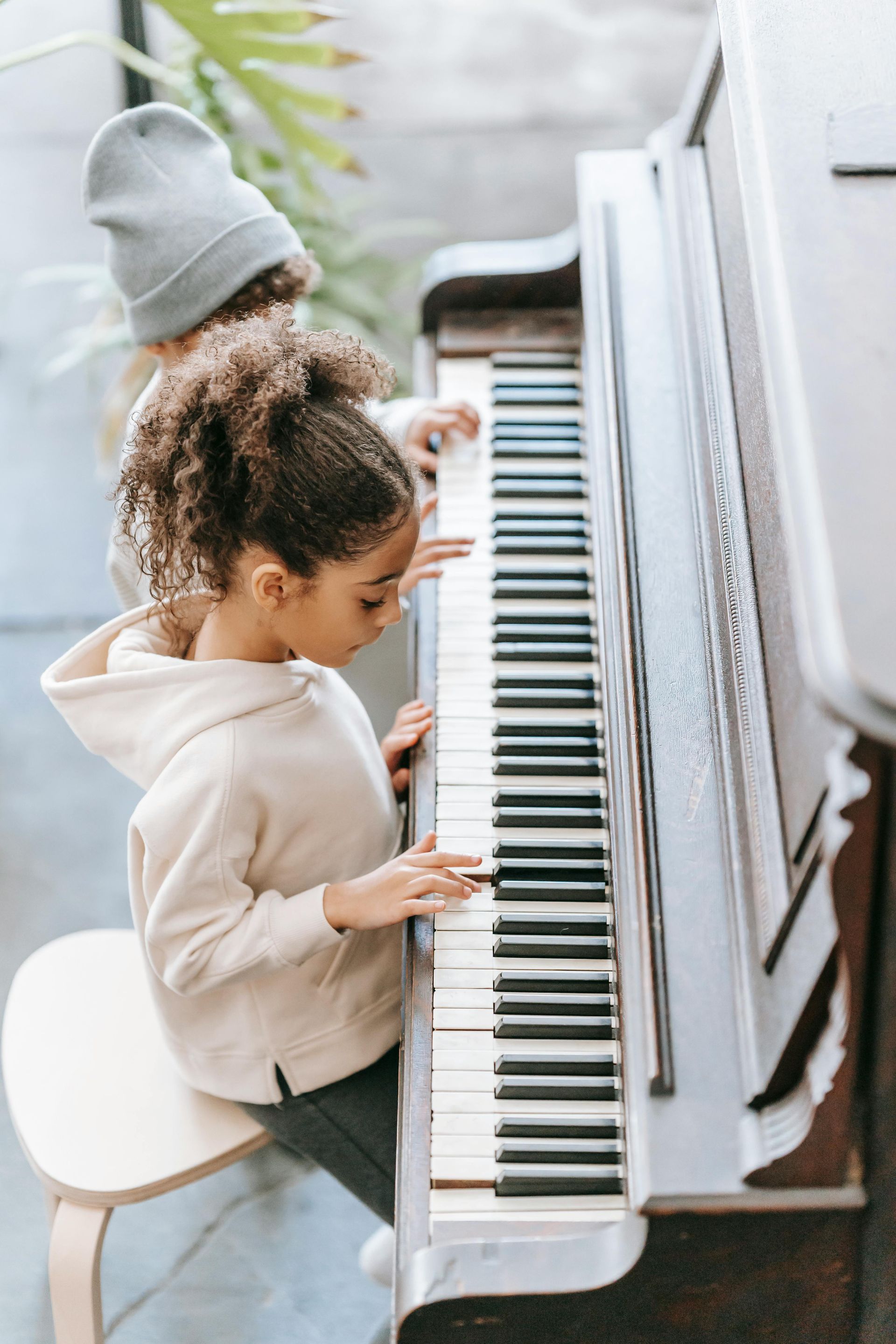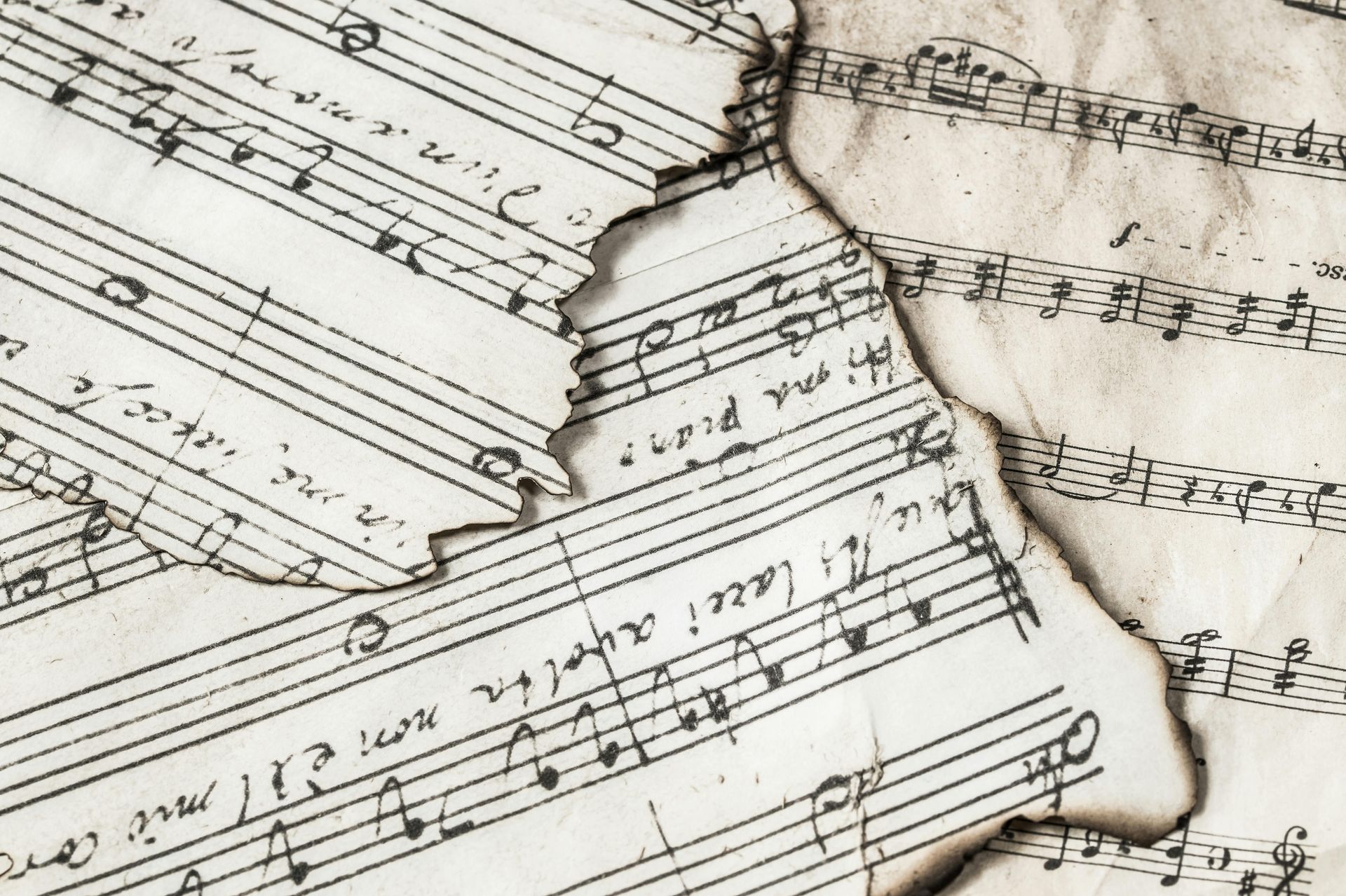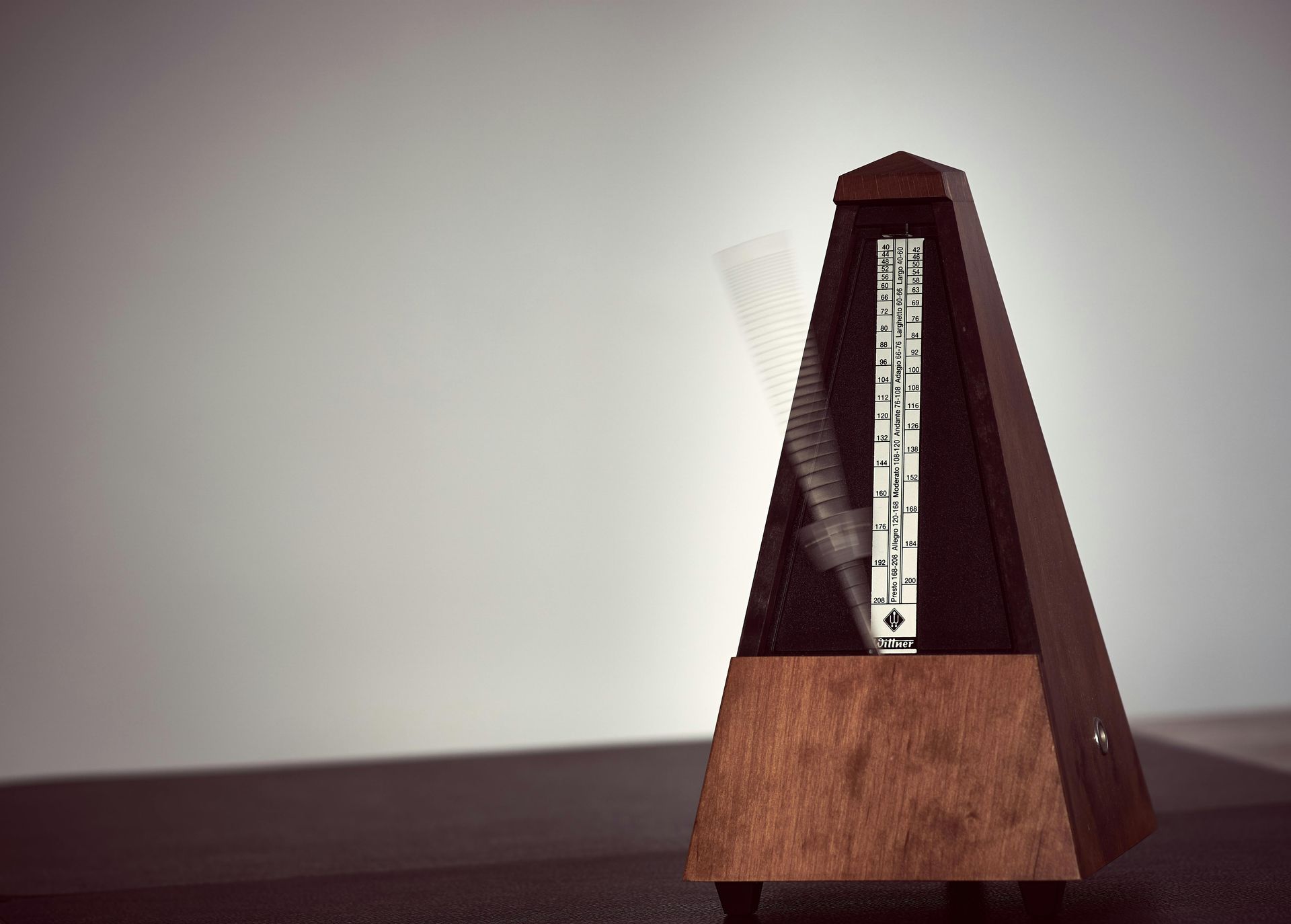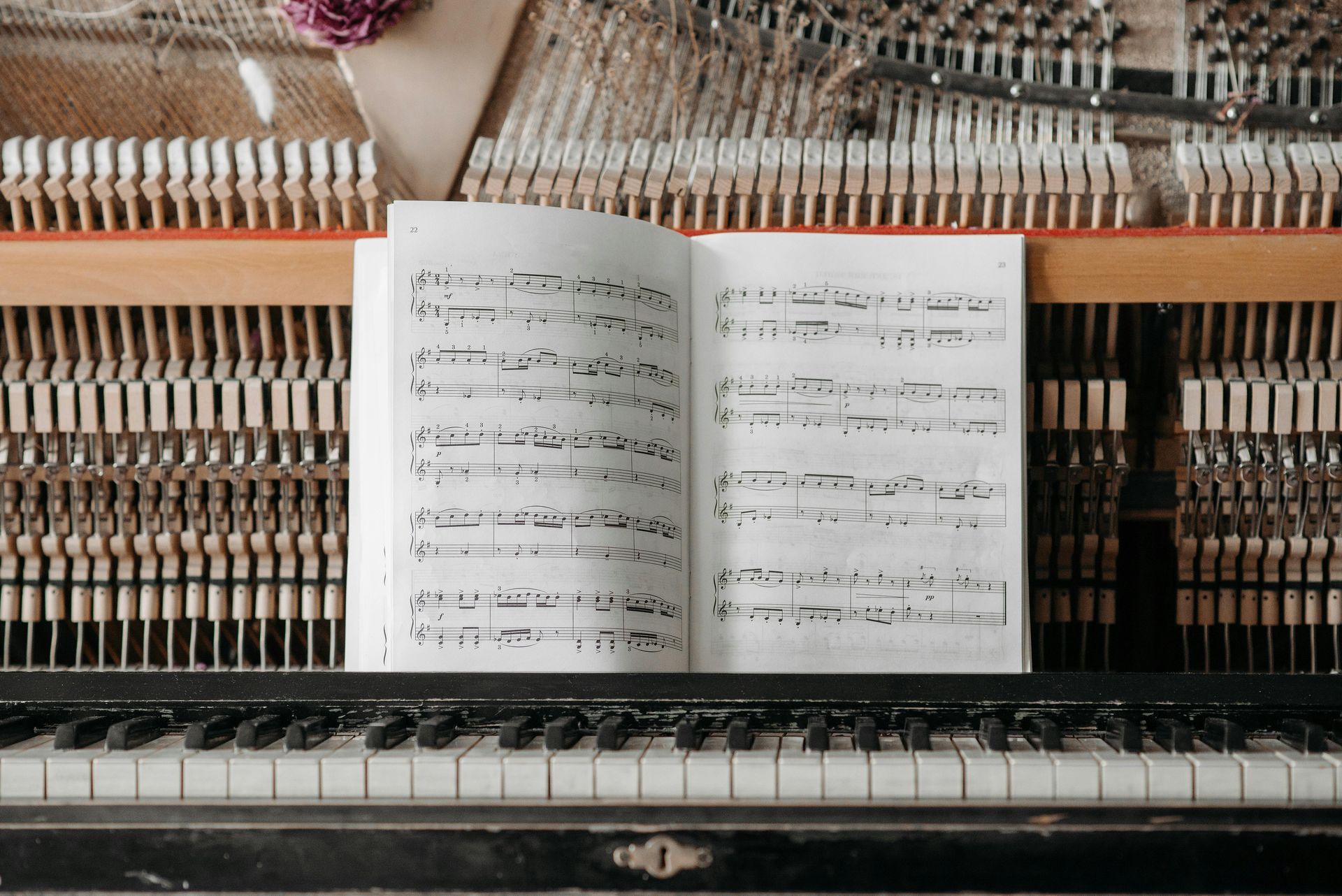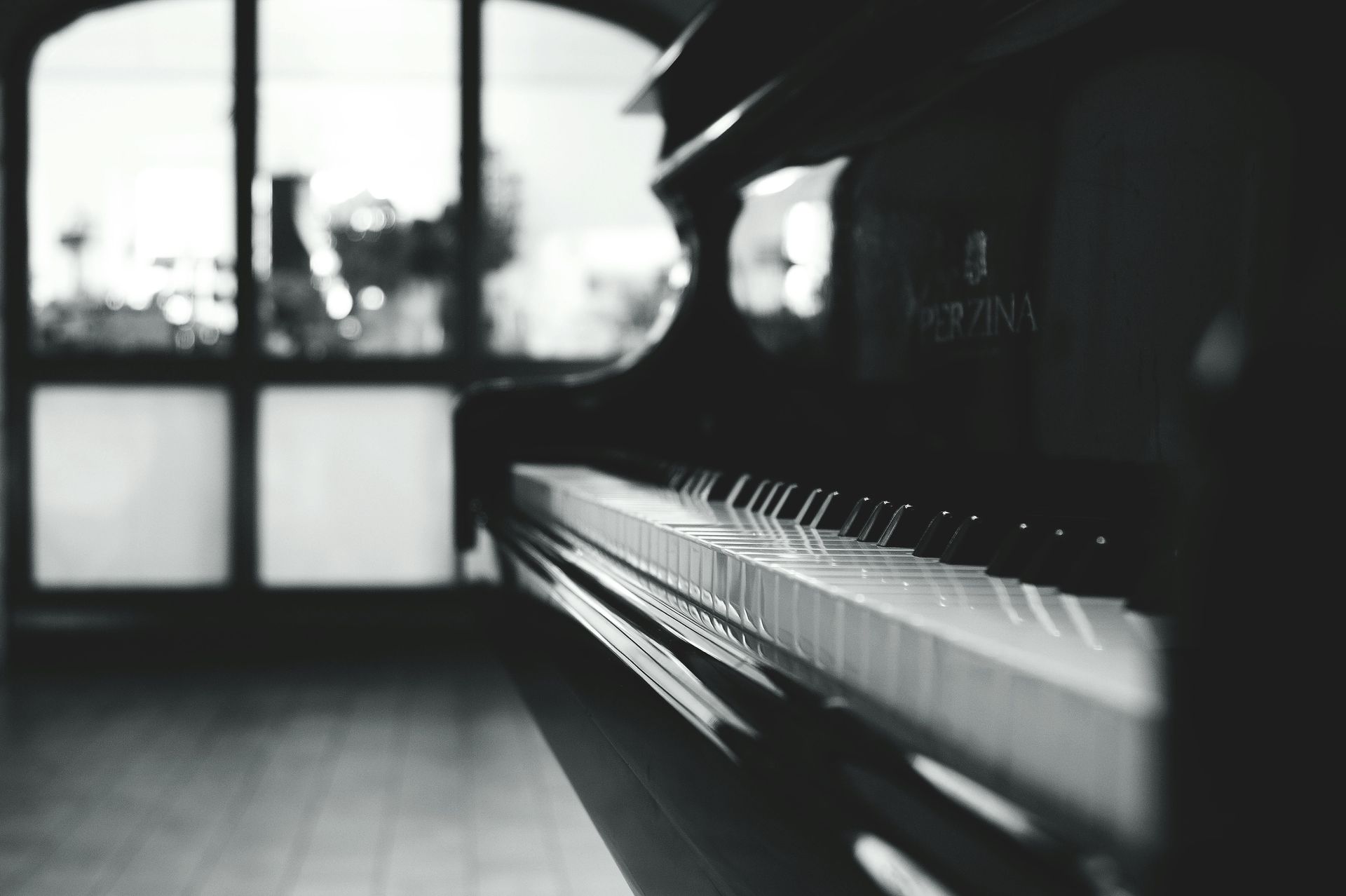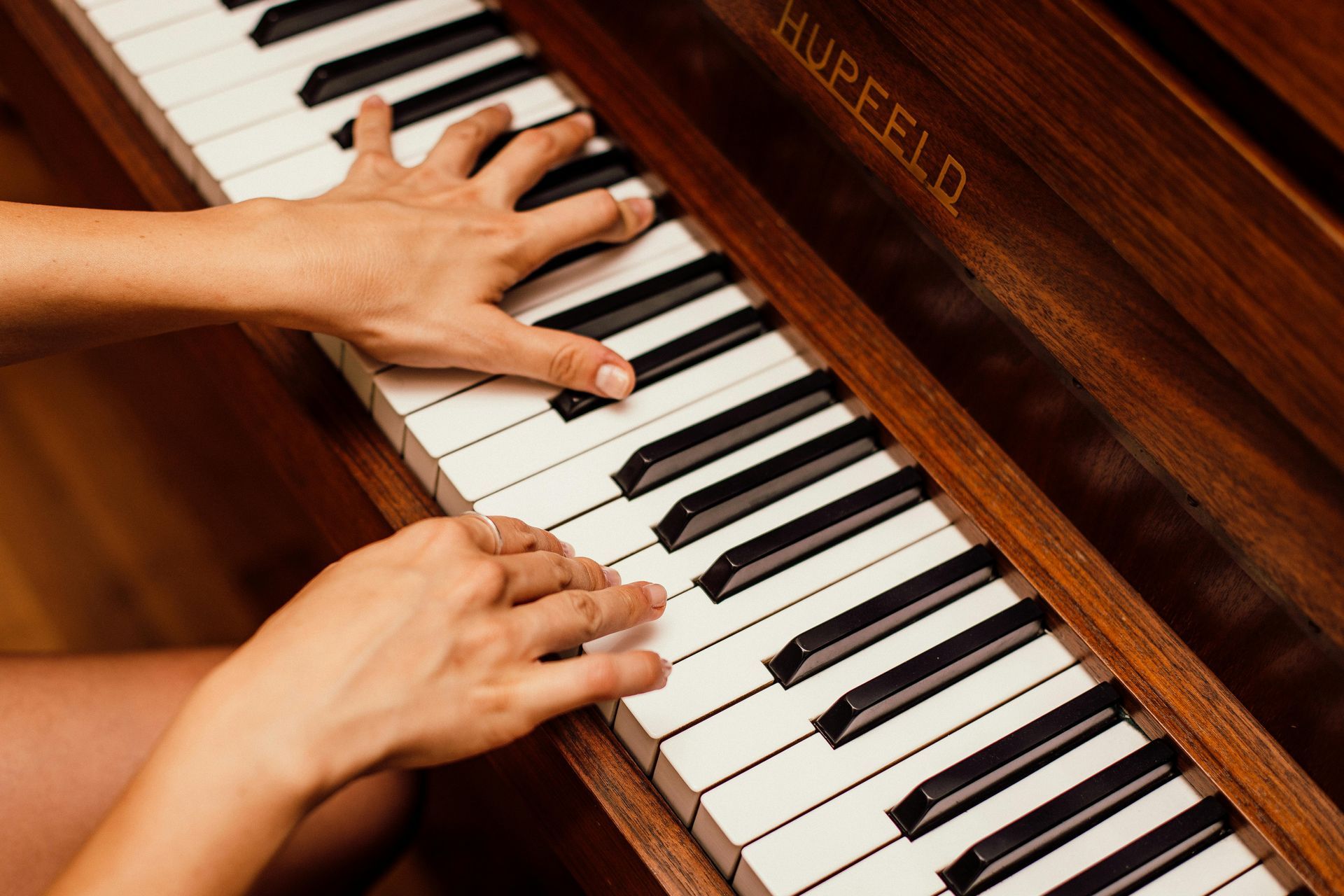Benefits of Buying A Digital Piano
When digital pianos first hit the market, they were often seen as a compromise—a portable, budget-friendly alternative to acoustic pianos that lacked the nuance and authenticity of their traditional counterparts. But thanks to decades of innovation from industry leaders like Yamaha, today’s digital pianos offer an experience so advanced, even purists are singing their praises.
Whether you’re a beginner, a parent looking to nurture your child’s musical talent, or simply curious about the benefits of a digital piano, this guide will help you understand why these modern marvels are becoming the go-to choice for so many households.
What Is a Digital Piano?
A digital piano is an electronic instrument that replicates the sound and feel of an acoustic piano while offering additional features like portability, recording capabilities, and headphone connectivity. But digital pianos are much more than just keyboards; they are technological powerhouses designed to enhance your playing experience, making them ideal for modern musicians and learners alike.
12 Reasons to Choose a Digital Piano
1. More Affordable Than Acoustic Pianos
One of the most compelling reasons to buy a digital piano is its affordability. While a decent acoustic piano can start at around $5,000, high-quality digital pianos often start in the $2,000–$3,000 range. This makes them an excellent choice for families or beginners on a budget, offering great sound and features without breaking the bank.
2. High-Quality Grand Piano Sound
Thanks to advanced sampling technology, digital pianos can now emulate the rich, resonant tones of world-class grand pianos like the Yamaha CFX and Bösendorfer. Higher-end models even feature virtual resonance modeling, which accurately recreates the dynamic and harmonic complexities you’d expect from an acoustic piano. Improved speaker systems, such as spruce cone speakers, make these sounds more immersive and lifelike than ever.
3. Same Touch as Acoustic Pianos
Gone are the days when digital pianos had light, unresponsive keys. Today’s models feature weighted, graded keys that closely mimic the touch of an acoustic piano. For instance, the lower keys require slightly more pressure to play, while the higher keys are lighter—a subtle but essential characteristic for replicating the traditional piano experience.
4. No Tuning Required
Acoustic pianos require regular tuning, which can cost hundreds of dollars per year. Digital pianos eliminate this hassle entirely. Their sounds are preprogrammed, so they never drift out of tune, ensuring a consistently beautiful sound with no additional maintenance costs.
5. Practice Anytime with Headphones
This feature is a game-changer for families. With headphone compatibility, players can practice at any time—whether early morning or late at night—without disturbing others. It also creates a private environment for beginners who may feel self-conscious about practicing in front of an audience.
6. Different Instrument Sounds
Digital pianos offer incredible versatility. Beyond mimicking acoustic pianos, they can emulate a wide range of instruments, from jazzy electric pianos to bold orchestral sounds. This variety is perfect for experimenting with different styles of music or simply keeping practice sessions exciting.
7. More Engaging for Kids
If you want to keep your child engaged with piano practice, a digital piano is the way to go. Features like multiple instrument voices, fun sound effects, and even built-in lessons make the learning process more interactive and enjoyable. Kids won’t just be learning scales and chords; they’ll be learning to love music.
8. Background Rhythms
Say goodbye to boring metronomes. Digital pianos include background rhythm tracks that make learning to keep a steady beat more engaging. From waltzes to Latin grooves, these rhythms add an authentic layer to practice sessions.
9. Smart Accompaniments
High-end models, such as those from Yamaha’s Clavinova line, take accompaniment to the next level. These smart features allow you to create a virtual band that harmonizes and adapts to your playing style. Whether it’s jazz, pop, or classical, you can have a complete ensemble following your lead.
10. Recording Capabilities
Digital pianos are invaluable tools for musicians who want to record, review, and share their music. With built-in recording features and compatibility with a range of audio formats, players can capture performances and share their progress with teachers, friends, or social media followers.
11. Advanced Learning Technology
Learning the piano has never been easier. Many digital pianos include guide lights and app integrations to assist with learning. For example, apps can offer tutorials, track progress, and even help users play their favorite songs. Whether you’re learning on your own or with a teacher, digital pianos make the process smoother and more rewarding.
12. Built to Last
While it’s true that acoustic pianos are known for their longevity, today’s digital pianos are much more durable than earlier models. High-quality digital pianos can now last 20–50 years with proper care, making them a worthwhile investment for families and lifelong learners alike.
Are Digital Pianos Worth It?
The short answer is yes. A digital piano combines the best features of an acoustic piano with modern technology, making it an ideal choice for a wide range of players. Whether you’re starting from scratch, rekindling an old hobby, or introducing your child to the joys of music, a digital piano offers incredible value.
With a variety of options to suit different needs and budgets, you’re likely to find a model that works perfectly for your goals—and keeps you (or your kids!) motivated to keep playing.
Meta Data
Meta description: Discover why digital pianos are great for beginners and families. Learn the 12 key benefits, from affordability to advanced features like recording and accompaniments.
